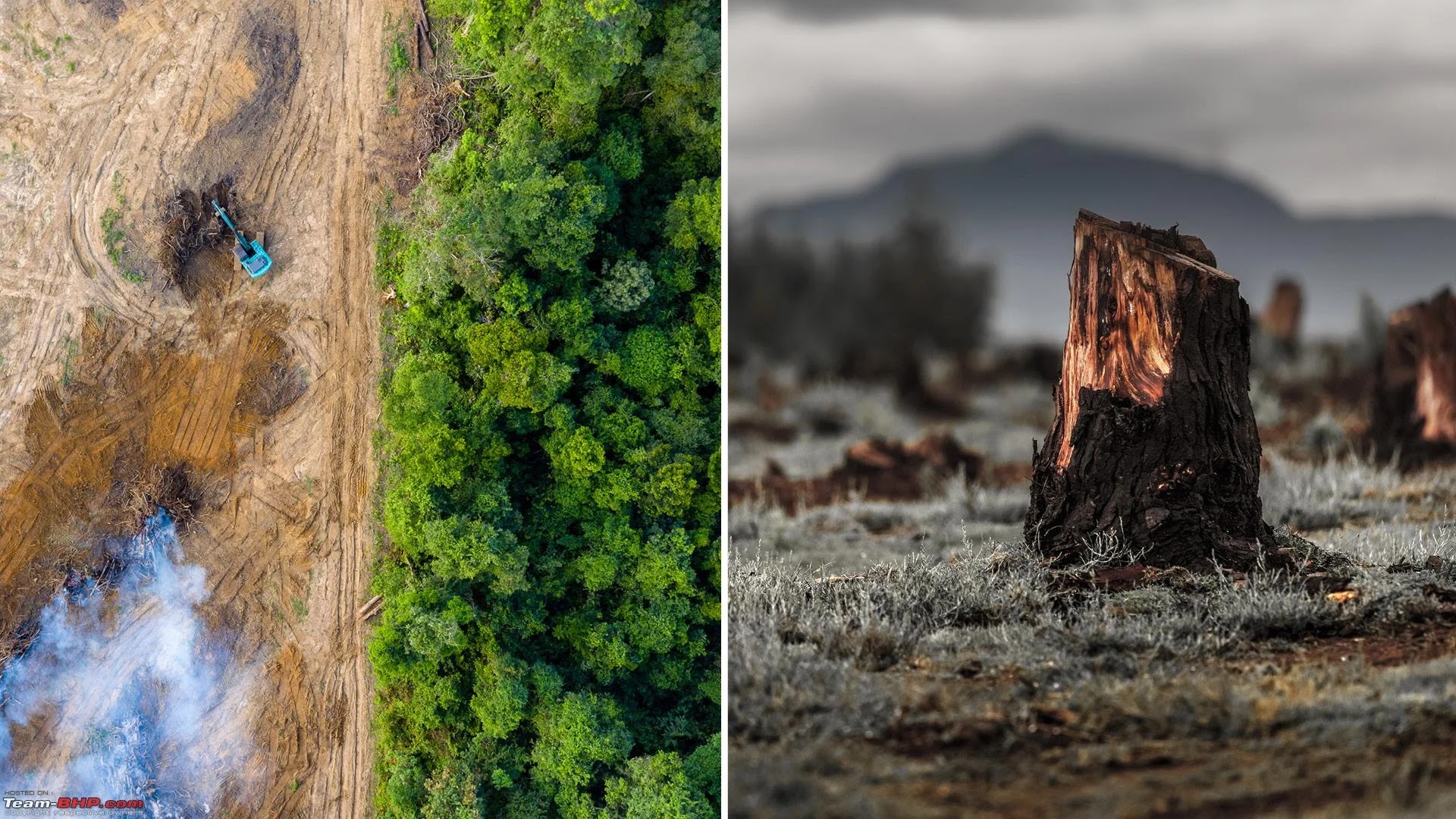Title: "The Anthropocene Predicament: Unraveling Human-Induced Environmental Degradation and Charting a Sustainable Future"
Abstract:
In the era of the Anthropocene, human activities have become the driving force behind unprecedented environmental degradation. This article explores the causes and consequences of our impact on the planet and outlines sustainable solutions for a harmonious coexistence between humanity and the environment.
Introduction:
The Anthropocene, characterized by the dominance of human influence on Earth's geology and ecosystems, marks a critical juncture in our planet's history. The urgency to address environmental degradation has never been more apparent. This article delves into the root causes of human-induced damage to the environment and advocates for sustainable practices to secure a healthier, more resilient future.
Causes of Environmental Degradation:
Deforestation:
One of the primary contributors to environmental decline is deforestation. As forests disappear, ecosystems crumble, biodiversity diminishes, and the delicate balance that sustains life on Earth is disrupted.
Pollution:
Pollution in its various forms – air, water, and soil – poses a severe threat to both the environment and human health. From industrial emissions to plastic waste in oceans, human activities contribute to a toxic cocktail that degrades ecosystems and endangers living organisms.
Overconsumption and Resource Depletion:
Modern society's voracious appetite for resources has led to overconsumption and the depletion of natural reserves. As we exploit the Earth's resources beyond its capacity to regenerate, we jeopardize the delicate equilibrium that sustains life.
Climate Change:
The burning of fossil fuels, deforestation, and industrial activities contribute to the warming of the planet, resulting in climate change. This phenomenon manifests through extreme weather events, rising sea levels, and disruptions to ecosystems, posing severe consequences for both nature and humanity.
Consequences of Environmental Degradation:
Biodiversity Loss:
Human activities are driving a mass extinction event, leading to the loss of plant and animal species at an alarming rate. The intricate web of life that relies on biodiversity is unraveling, posing a threat to the stability and resilience of ecosystems.
Climate Change Impacts:
The repercussions of climate change are felt globally, with rising temperatures causing shifts in weather patterns, more frequent and severe natural disasters, and adverse effects on agriculture. Vulnerable communities are disproportionately affected, exacerbating social and economic inequalities.
Human Health:
Environmental degradation directly impacts human health, with air and water pollution causing respiratory diseases, waterborne illnesses, and the spread of infectious diseases. The interconnectedness of the environment and human well-being underscores the urgency for comprehensive solutions.
Solutions and Mitigation Strategies:
Sustainable Development:
Embracing sustainable development is paramount for addressing environmental challenges. Balancing economic growth with environmental and social considerations ensures that present and future generations can thrive in a healthy and vibrant environment.
Renewable Energy:
Transitioning to renewable energy sources is crucial for reducing carbon emissions and mitigating the effects of climate change. Embracing solar, wind, and other clean energy alternatives is a pivotal step toward a sustainable future.
Conservation and Restoration:
Protecting and restoring ecosystems is essential for preserving biodiversity and ecosystem services. Conservation efforts, coupled with sustainable land-use practices, can help reverse environmental degradation and foster resilience.
Education and Advocacy:
Raising environmental awareness through education and advocacy is key to fostering a sense of responsibility among individuals and communities. Empowered communities can drive positive change and contribute to the global effort to protect the planet.
Government Policies and International Cooperation:
Effective environmental protection requires robust government policies and international collaboration. Strengthening regulations, promoting sustainable practices, and fostering cooperation on a global scale are essential for mitigating environmental challenges.
Conclusion:
In the face of the Anthropocene predicament, our actions today will determine the course of our planet's future. By understanding the causes and consequences of environmental degradation and embracing sustainable solutions, we can pave the way for a more harmonious coexistence between humanity and the environment. The time for collective action is now, and by working together, we can build a sustainable future for generations to come.
References:
Cite relevant research studies, reports, and articles to support your arguments and findings.



